The corrugated packaging industry is a $35.5 billion industry and in 2021, it manufactured 416 billion square feet of material. That is enough to make 40 billion packages. Corrugated packaging is more popular than ever before, so it’s important to explore different flute standards to figure out which is a good fit for your product. Here, we will dive into corrugated flute standards so you can understand which is best for your application.
What are Corrugated Flute Standards and What are Their Purpose?
Corrugated packaging is made up of layers of linerboards with fluted corrugated sheets in between them. Flutes are arranged in wave-like patterns between the linerboards. They provide extra layers of insulation, leading to more durable and protective packaging, which is especially important during shipping. The multi-layered aspect of corrugated packaging allows it to be a strong but lightweight option for your products. They can be tailored to fit any application for whatever industry necessary, such as the automotive or agricultural, making it a versatile packaging solution. Let’s explore the different corrugated flute standards so you can decide what will suit your needs best.
Corrugated Flute Standards: What You Need to Know
There are different types of corrugated flute standards, each with different properties that offer them certain advantages for different applications:
- A Flute: This option is strong, with a thickness of 5 millimeters. Often used for packaging heavier items, it is ideal for furniture or bulky automotive parts because it offers extra protection.
- B Flute: With a medium thickness of 3.2 millimeters, this option also has a good surface for printing, making it a great choice for showcasing customized logos or graphics.
- C Flute: Usually used for shipping, this option has a thickness of 4 millimeters. This means it has good crush resistance so it is a great packaging solution for glass or food.
- E Flute: This is a thin packaging option, with a thickness of 1.6 millimeters. It is space-efficient and has a good printing surface, so it is often used for consumer goods, pizza boxes or displays.
- F Flute: The thinnest flute option with a thickness of only 0.8 millimeters, this is ideal for stiff packaging, and is often used for fast food containers or consumer goods.
Other Factors to Consider When Selecting Your Packaging
You might also consider other important properties when selecting your packaging, such as single, double, or triple wall corrugated boxes, which offer varying levels of protection. Consider too what type of packaging will enhance your customer experience. Does it have a good surface for printing? Can it adequately hold heavy items? The right corrugated flute standards for you depend on your application and needs, but custom services, like packaging design and graphic design support, can be useful in visualizing every aspect of your packaging before it reaches production.
Arvco Understands Corrugated Flute Standards and Can Take Your Packaging to the Next Level
At Arvco, we offer quality custom services to enhance your corrugated packaging to best fit the needs of your application. Since 1971, we have been committed to providing the very best in corrugated packaging solutions. In addition to our packaging design services and graphic design support, we also offer comprehensive package testing services to ensure your package performs as expected.
We serve a variety of industries, including consumer goods and medical, and we will strive to provide you with quality solutions that deliver results. When selecting your corrugated packaging, you need to consider the right corrugated flutes that will work best for your application. For a quality corrugated packaging partner who can guide you in making the best decisions for your brand, turn to the experts at Arvco.




